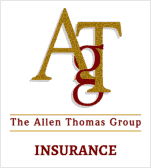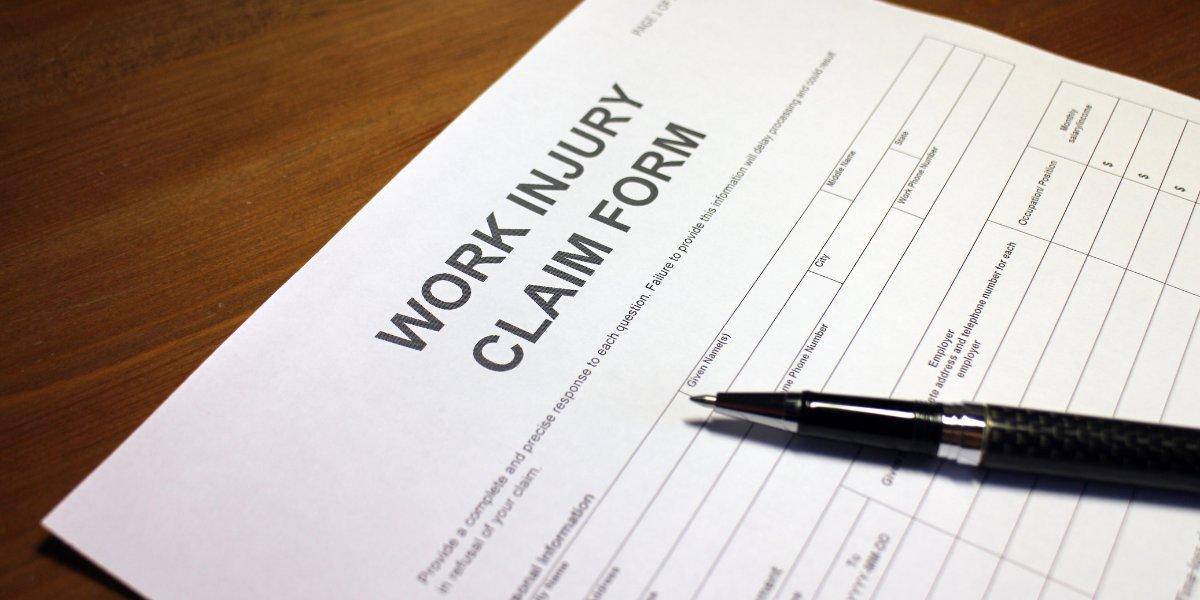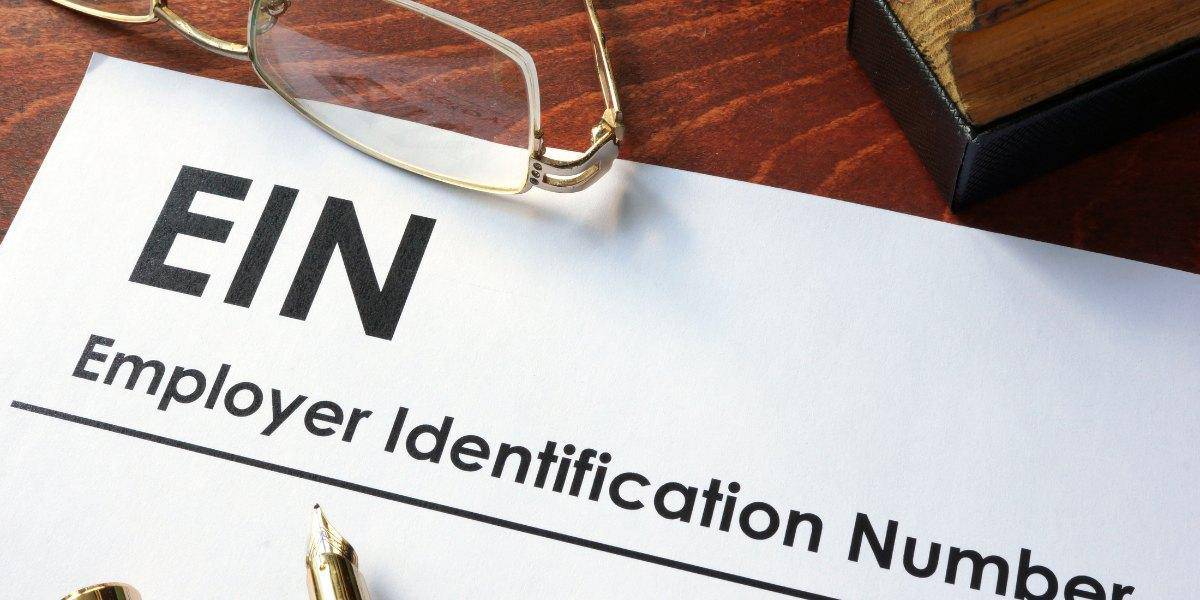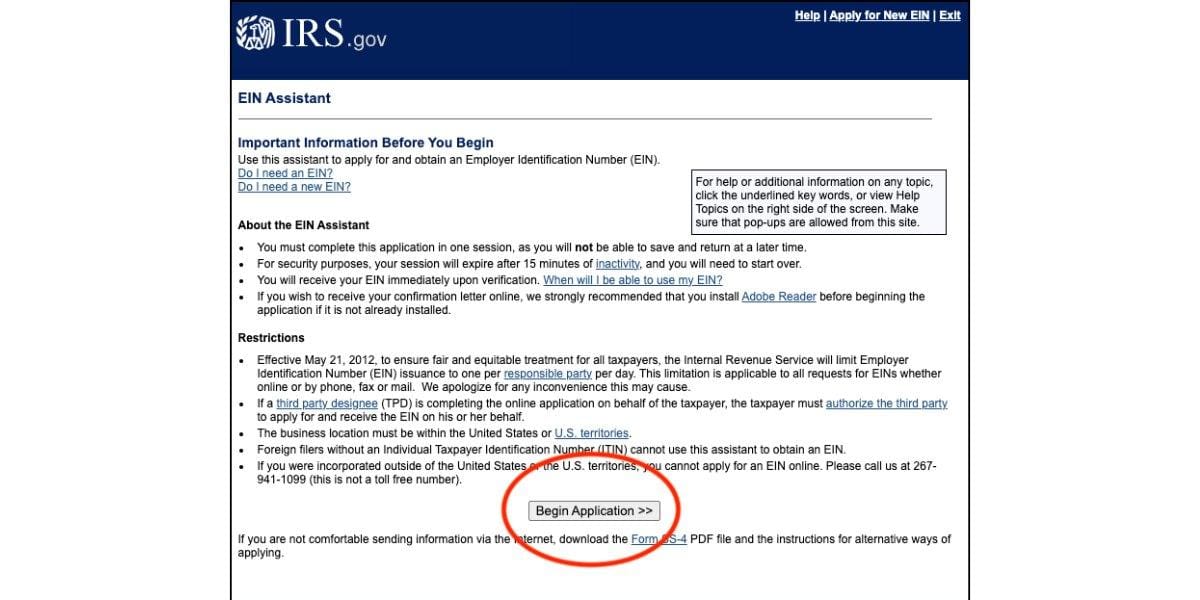General liability insurance might often be overshadowed by more specialized policies, yet it establishes its importance through broad protection and fundamental coverage.
This foundational layer of security distinguishes general liability insurance as an essential component for any small business, safeguarding against a myriad of common risks and claims.
Key coverages within general liability insurance include:
- Bodily Injury and Property Damage
- Personal and Advertising Injury
- Medical Payments
Each coverage is designed to address specific liabilities businesses face daily.
Single out Bodily Injury and Property Damage coverage, for instance, it not only compensates for physical injuries or damages caused to others but also ensures your business can continue operations without the debilitating costs of legal claims.
Likewise, Personal and Advertising Injury coverage offers a safety net against claims of defamation or copyright infringement, which could otherwise tarnish a business’s reputation and financial stability.
Each aspect of general liability insurance, from covering medical expenses to defending against frivolous lawsuits, embodies its own set of rules, exceptions, and benefits.
The subsequent sections will unravel these details, providing a comprehensive understanding of how general liability insurance acts as a guardian of businesses, allowing them to thrive amidst the uncertainties of the commercial world.
General Liability Insurance Is The Backbone for Business Protection
General liability insurance is the backbone of business protection, tailored to shield companies from the financial impacts of widespread liabilities.
This policy caters to a broad range of risks that businesses, irrespective of their size or the sector they operate in, may face.
From bodily injuries on the company’s premises to property damage caused by employees, general liability insurance acts as a critical safety net.
It enables businesses to manage legal and compensation claims effectively, ensuring their financial stability remains intact.
One of the key strengths of general liability insurance is its ability to cover diverse aspects such as:
- Defense costs
- Medical payments
- Damages awarded in lawsuits
This comprehensive protection empowers businesses to maintain their focus on growth and innovation, while also mitigating the operational risks inherent to their activities.
By underpinning a business’s risk management strategy, general liability insurance is instrumental in fostering a secure environment for businesses to thrive.
What does general liability insurance cover?
General liability insurance provides a broad spectrum of coverage, essential for defending businesses against the financial repercussions of common liabilities.
Key areas of coverage include:
| Coverage | Description |
|---|---|
| Bodily injury to third parties | Ensures coverage for medical expenses, rehabilitation costs, and lost wages for injuries that occur on your business premises or as a result of your operations |
| Property damage to third-party properties | Offers protection if your business activities cause damage to someone else’s property, covering the costs of repair or replacement |
| Personal and advertising injury claims | Protects against lawsuits related to defamation, violation of privacy rights, and advertising injury |
| Medical payments for non-employee injuries | Provides immediate medical cost payments for non-employees injured because of your business, without delving into liability issues |
| Defense costs and legal fees | Covers legal expenses associated with defending covered claims, ensuring your business can afford the necessary legal defense |
Real-life scenario: A customer visits a retail store and accidentally slips on a wet floor, sustaining injuries that require medical attention. The customer then sues the store for their medical expenses and lost wages.
In this case, the store’s general liability insurance would cover the costs associated with the lawsuit, including legal fees and any settlement or judgment.
These coverage areas collectively form a comprehensive safety net, empowering businesses to navigate the complexities of the commercial world with greater confidence and security.
Bodily injury to third parties

This coverage addresses medical expenses, rehabilitation costs, and compensation for lost wages for individuals injured on your business premises or as a direct result of your business operations.
It’s a critical safeguard against the financial impact of claims for physical injuries.
Property damage to third-party properties
Offers financial protection for the repair or replacement of someone else’s property damaged by your business activities.
Ensuring your business can resolve property damage claims without enduring a significant financial burden.
Personal and advertising injury claims
Protects your business against lawsuits related to defamation (libel and slander), violation of privacy rights, and advertising injuries.
This coverage is essential for protecting your business’s reputation and financial health against claims of personal harm or advertising missteps.
Medical payments for non-employee injuries
Provides immediate coverage for medical expenses for non-employees injured due to your business activities, without the need to establish fault.
This coverage enables a prompt response to accidents, streamlining the management of potential claims.
Defense costs and legal fees
Covers legal expenses associated with defending against covered claims, including attorney fees, court costs, and settlements.
This is invaluable, ensuring your business can secure a robust legal defense without jeopardizing its financial stability.
What are bodily injury coverages?
Bodily injury coverages under general liability insurance are crucial for shielding businesses from the financial impacts of accidents causing physical harm to third parties.
This coverage includes:
- Medical costs
- Rehabilitation expenses
- Compensation for lost wages
According to a study by the National Safety Council, the average cost of a medically consulted injury in 2019 was $42,000, while the average cost of a death was $1,190,000.
These figures demonstrate the substantial financial impact bodily injuries can have on businesses. Furthermore, the National Floor Safety Institute reports that slip and fall accidents account for over 1 million emergency room visits annually, emphasizing the frequency of such incidents.
Together, these elements of coverage form a robust safeguard, enabling businesses to address and mitigate the impacts of bodily injury claims in a manner that is both efficient and responsible.
Medical costs
Covers the expenses for immediate medical treatment and care needed by third parties injured due to business operations.
This coverage ensures that those injured can access essential healthcare promptly, protecting the business from extensive medical claims.
Rehabilitation expenses
Provides coverage for the costs associated with rehabilitation for individuals injured in relation to the business.
This crucial coverage supports the recovery and rehabilitation process, aiding the injured in returning to their daily routines as quickly and smoothly as possible.
Lost wages compensation
Compensates for the earnings that individuals are unable to receive due to work absences caused by injuries sustained from business activities.
This financial support is vital, offering stability to the injured during their recovery phase and lessening the economic impact of their absence from the workforce.
What constitutes property damage coverage?

Property damage coverage under general liability insurance is different than commercial property insurance. Property coverage under general liability plays a key role in protecting businesses from the financial strains associated with damaging third-party property. This coverage is comprehensive, including:
- Physical damage to property
- Loss of use of property
Case study: A plumbing company is hired to repair a leak in a client’s home. During the repair process, an employee accidentally causes significant damage to the client’s wood flooring.
The client demands compensation for the damaged flooring, which would be covered under the plumbing company’s general liability insurance policy.
According to HomeAdvisor, the average cost to repair hardwood flooring ranges from $441 to $1,395, illustrating the potential financial burden businesses could face without proper coverage.
Together, these elements of property damage coverage form a robust shield, safeguarding businesses against claims that could significantly impact their financial health and ensuring their continued operational continuity.
Physical damage to property
Covers the costs associated with the repair or replacement of third-party property that has been physically damaged due to business operations.
This coverage is crucial for businesses, enabling them to swiftly address and rectify damage, thereby maintaining positive relationships with property owners and mitigating financial repercussions.
Loss of use of property
Provides compensation for the inability to use property as a result of damage caused by the business’s activities.
Recognizing the indirect costs and inconveniences that come with property damage, this coverage offers essential financial support, ensuring that the affected party is compensated until the property can be restored to its usable condition.
What are personal and advertising injuries?
Personal and advertising injuries coverage is an indispensable part of general liability insurance, offering protection against claims of non-physical harm that can significantly impact a business.
This coverage addresses:
- Defamation, including both libel (written statements) and slander (spoken statements)
- Violation of privacy rights
In a recent high-profile case, a celebrity sued a media company for defamation after they published an article containing false and damaging statements.
The media company was ordered to pay millions in damages, highlighting the severe financial consequences of such claims.
The digital age has amplified the risks associated with advertising and personal injury claims, as the rapid spread of information online can quickly escalate the damage caused by defamatory statements or privacy rights violations.
By encompassing these critical areas, personal and advertising injuries coverage ensures businesses have the necessary support to manage the risks associated with communication and privacy in the modern commercial landscape.
Defamation, both libel and slander
Covers legal claims arising from false statements that harm the reputation of an individual or business, whether these statements are made in writing (libel) or verbally (slander).
This coverage is crucial, as it protects businesses from the significant financial and reputational damages that can result from defamation claims.
Violation of privacy rights
Provides protection against claims alleging a business unlawfully collected, used, or disclosed someone’s private information.
When data privacy is a paramount concern, this coverage is indispensable for businesses, offering a safeguard against the legal and financial repercussions of privacy rights violations.
What are typical exclusions?

While general liability insurance offers broad protection, it’s important to note that certain scenarios and risks are typically excluded from coverage.
These exclusions help define the policy’s boundaries and include:
| Exclusion | Description |
|---|---|
| Employee injuries | Specifically covered under workers’ compensation insurance, focusing on third-party claims rather than employee claims |
| Professional mistakes | Falling outside the scope of general liability, requiring professional liability insurance to address errors and omissions in professional services |
| Auto-related coverage | Not covered by general liability, necessitating commercial auto insurance for businesses operating vehicles |
| Intentional acts and contractual liabilities | Not protected under general liability insurance, as the coverage is designed to safeguard against accidental and unforeseen incidents rather than deliberate actions or contractual disputes |
Employee injuries are excluded from general liability insurance because they are specifically covered under workers’ compensation insurance.
This separate coverage is designed to address the unique circumstances and regulations surrounding workplace injuries.
For example, if an employee is injured while operating machinery on the job, their medical expenses and lost wages would be covered by workers’ compensation insurance rather than general liability insurance.
Professional mistakes are excluded because they require specialized coverage in the form of professional liability insurance.
This distinction is necessary because the risks associated with professional services, such as errors in judgment or failure to meet industry standards, differ from the risks covered by general liability insurance.
For instance, if an accountant makes a significant error on a client’s tax return, resulting in financial losses for the client, this would fall under professional liability insurance rather than general liability.
Understanding these exclusions is vital for businesses to ensure comprehensive protection by securing additional insurance policies tailored to their specific needs and risks.
Employee injuries, covered by workers’ compensation
Employee injuries are specifically excluded from general liability insurance, as they are covered under workers’ compensation insurance. This specialized coverage ensures that employees who suffer injuries while on the job are provided with necessary medical care and compensation for lost wages.
Professional mistakes, needing professional liability insurance
Professional mistakes, or errors and omissions occurring during the provision of professional services, are not covered by general liability insurance. Instead, professional liability insurance is required to protect businesses against claims resulting from these professional oversights.
Auto-related coverage, requiring commercial auto insurance
General liability insurance does not extend to auto-related incidents.
Commercial auto insurance is essential for businesses that use vehicles for commercial purposes to cover vehicle-related accidents and damages.
Intentional acts and contractual liabilities
Intentional acts and contractual liabilities are explicitly excluded from general liability insurance coverage.
These exclusions highlight the policy’s design to protect against unintentional and unforeseen incidents, rather than deliberate actions or disputes arising from contractual agreements.
Protect Your Business with General Liability Insurance: Get Your Tailored Quote from The Allen Thomas Group Today
General liability insurance is a crucial safety net for businesses, providing comprehensive protection against common risks and liabilities.
Understanding the key coverages and exclusions is essential for making informed decisions about your insurance needs.
Don’t leave your business vulnerable to the devastating consequences of uninsured liabilities.
Take action now and safeguard your company’s financial well-being by obtaining a comprehensive general liability insurance quote tailored to your unique needs and risks.
At The Allen Thomas Group, our experienced team of business insurance advisors are dedicated to helping businesses like yours navigate the complex world of commercial insurance.
We understand that every business is unique, which is why we craft personalized coverage solutions that provide optimal protection at competitive rates.
Don’t wait until it’s too late. Contact The Allen Thomas Group today at (440) 826-3676 to request a free, no-obligation general liability insurance quote.
Our knowledgeable agents are ready to answer your questions, provide expert guidance, and help you secure the peace of mind that comes with knowing your business is protected.
Invest in the future of your business by obtaining the right general liability insurance coverage.
Request your general liability insurance quote from The Allen Thomas Group today and take the first step towards safeguarding your business against the unexpected.
Get The Right General Liability Insurance To Protect Your Company
Please Check Out Some Of Our Other Resources On General Liability Insurance:
Author
















